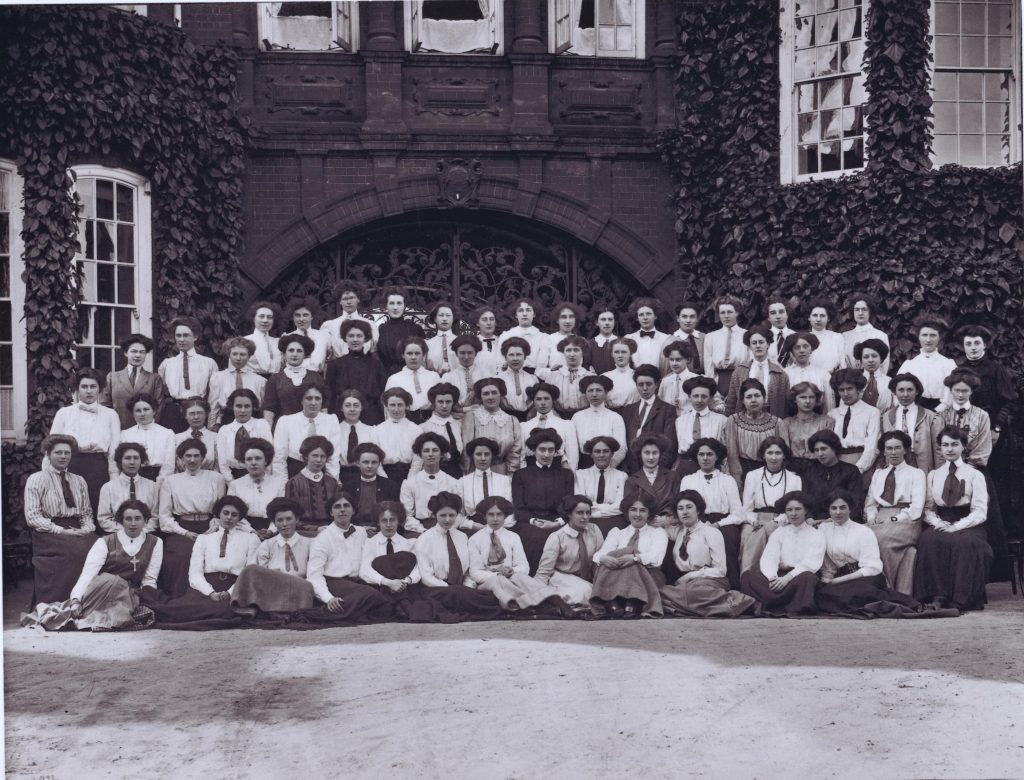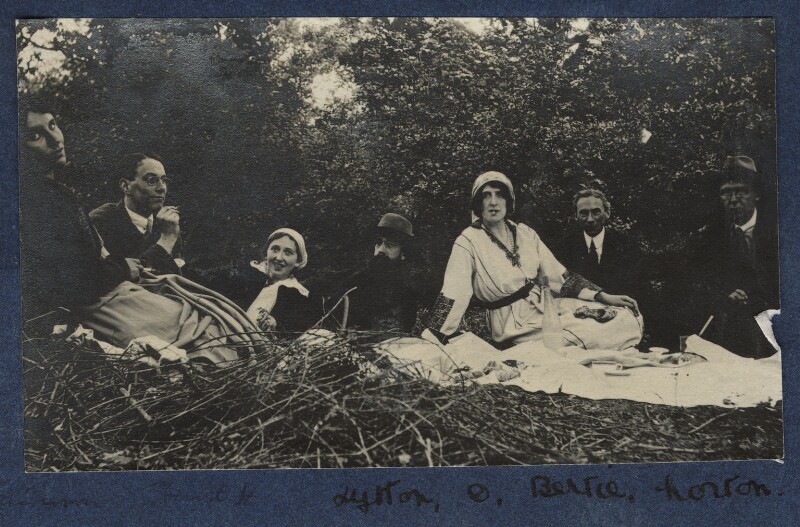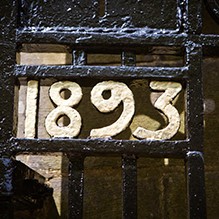Early Alumni
by historian, Dr. Paul Jennings
In this piece, I look at the lives after school of 2 of the girls in particular who attended the College in its early years. In an address to the assembled girls in 1906 Miss Jones, the headmistress, outlined the school’s ethos and what it was trying to achieve for them.
She believed passionately in their right to an education just like their brothers, and for some it would form the path to a career, but she made it clear also that although for most it would make them better people it would make them more particularly better wives and mothers. As she put it, ‘The homes of England will be all the happier when presided over by a greater number of thoughtful, intelligent and liberally educated women’. Of my 2 examples, one did indeed become just such a woman and one also did pursue a distinguished career.
Faith Bagenal was the daughter of a senior civil servant in Dublin, and was born in that city in 1889. She was at the College from 1904 to 1908. Her father’s work had brought him to Harrogate as an Inspector for the Local Government Board and the family lived in the town on Kent Road and later Clarence Drive, the latter house, number 17, now owned by the College. From school she went on to Newnham College, Cambridge to study Economics. Several women went to Newnham and the school and college may have formed some connection over these years.

Photograph 1: Pupils from 1911 at Harrogate Ladies’ College.
The first photograph shows Faith in her matriculation year, fourth from the right. She wrote a piece for the College Magazine from that first ‘Freshers’ year, telling how she was involved in the movement for Women’s Suffrage and debating other important issues of the day, like reform of the House of Lords. Indeed, she returned to the school to read a paper on suffrage to the Old Girls’ reunion, but the motion in its favour was defeated by a majority of 4. But there was also time for fun at Newnham, for example at what she called an ‘orgie’ in the big hall, a dance from 8.30pm till 10pm, ending with the ‘feature of the evening’ – the Lancers. This was an all-women event, as women at the colleges were fairly strictly chaperoned at this time, but it was likely that at Cambridge she met her future husband, Hubert Henderson, who was also an economics student at Emmanuel College, and the pair married in 1915. They were both part of the blo, which included Virginia Woolf and her sister Vanessa Bell, who painted Faith’s portrait.

Photograph 2: A social picnic featuring Faith Bagenal and friends.
The second photograph shows her on a picnic from that time with other members of the set: Hubert is to the left, then Faith, then biographer Lytton Strachey, Lady Ottoline Morrell, hostess and patron of the arts, philosopher Bertrand Russell, with whom Morrell had an affair, and mathematician Henry Norton. Hubert, unlike Faith, pursued a distinguished career as an economist, including along with Maynard Keynes as a key advisor to the government on economic planning during the Second World War, for which he was knighted. Apart from publishing a short memoir of Hubert after his death in 1952, Faith did not herself pursue an academic career but was said to be ‘inclined to left-wing politics’ and, I am pleased to report, led ‘a singularly happy family life’. She died in 1979. Their son, Sir Nicholas Henderson, was a diplomat, latterly the British ambassador to the United States.
Taking the path of a career meant almost invariably teaching at this time. Among other girls who went to Cambridge was Ruth Arden, a wine merchant’s daughter from Beverley, whose teaching career included Ashville College, Harrogate to 1919, then an all-boys’ school, but chiefly at Bedford High School, at which she taught from then to 1941. Vera Edminson, herself the daughter of a headmaster, went into teaching and from that to lecturing, eventually becoming Vice-Principal of Bath Domestic Science College in 1948. She was involved in voluntary work for the blind but also became a published poet, including in Elizabeth Doudge’s Anthology in 1964, described as a Book of Comfort. Service to others in some form was the principal career avenue for these women, including for a few in medicine, like Agnes Westwood, born in Cupar, Fife, who studied at the London School of Medicine for Women after Cambridge, moving to hospital work and eventually to general practice in Bromley.
My second main example is May Curwen. She moved from teaching to a distinguished career in administration. She was born in 1889, the daughter of a timber merchant from Birkenhead, and moved from the High School there to the College. She too went to Newnham College, in 1911, where she gained a degree in History, although I should point out here that women could not actually be awarded the degree at Cambridge until 1948, after dogged resistance over many years by the dons.
May began her career in teaching at a girls’ school in Staffordshire but in 1916 she became the secretary to the Scottish Women’s Hospitals. After this, she joined the Young Women’s Christian Association as education secretary, and was later the National General Secretary from 1930 to 1949. After retirement she pursued a particular interest in refugees, acting as the British delegate to the UN High Commission on Refugees from 1954 to 1958 and was President of the British Council for Aid to Refugees from 1962 until her death in 1973. A career for most women in those early years also meant not marrying, as was the case with Dame May, as she became, as she is in the photograph.
If you would like to contribute to our Tales From The Archives series, please contact alumni@hlc.org.uk


